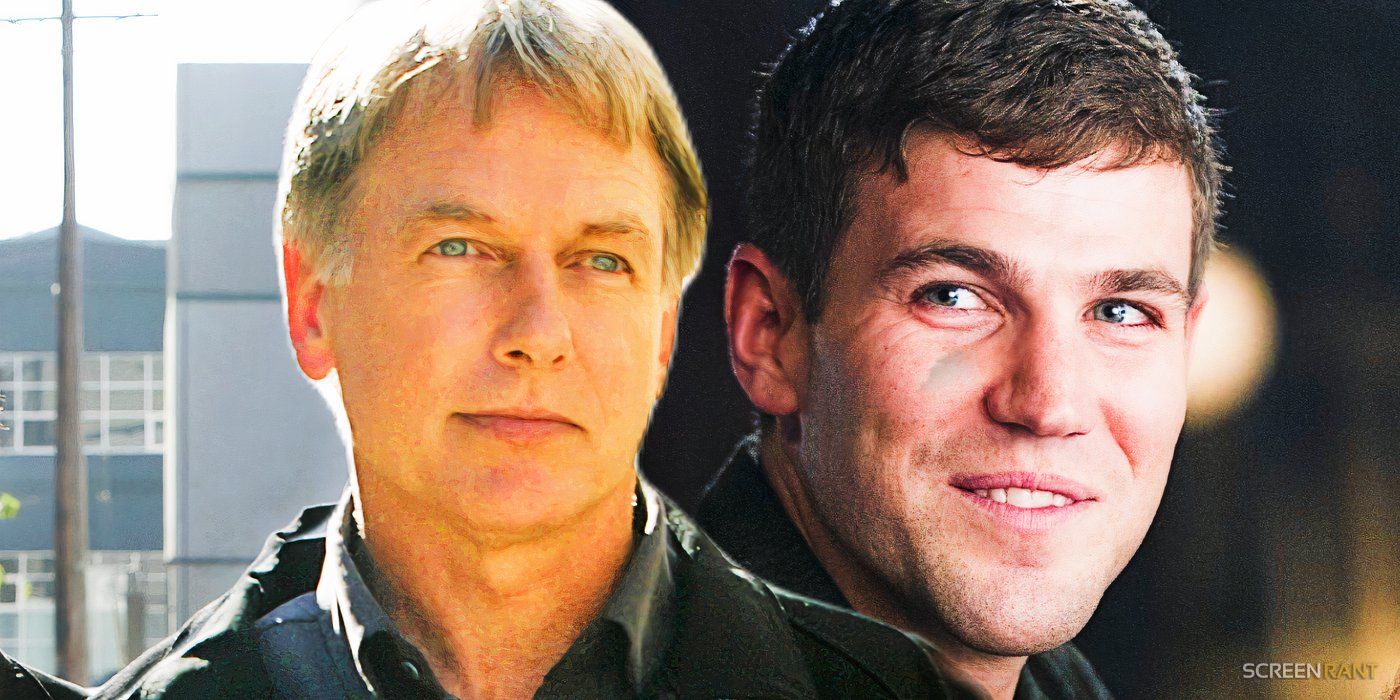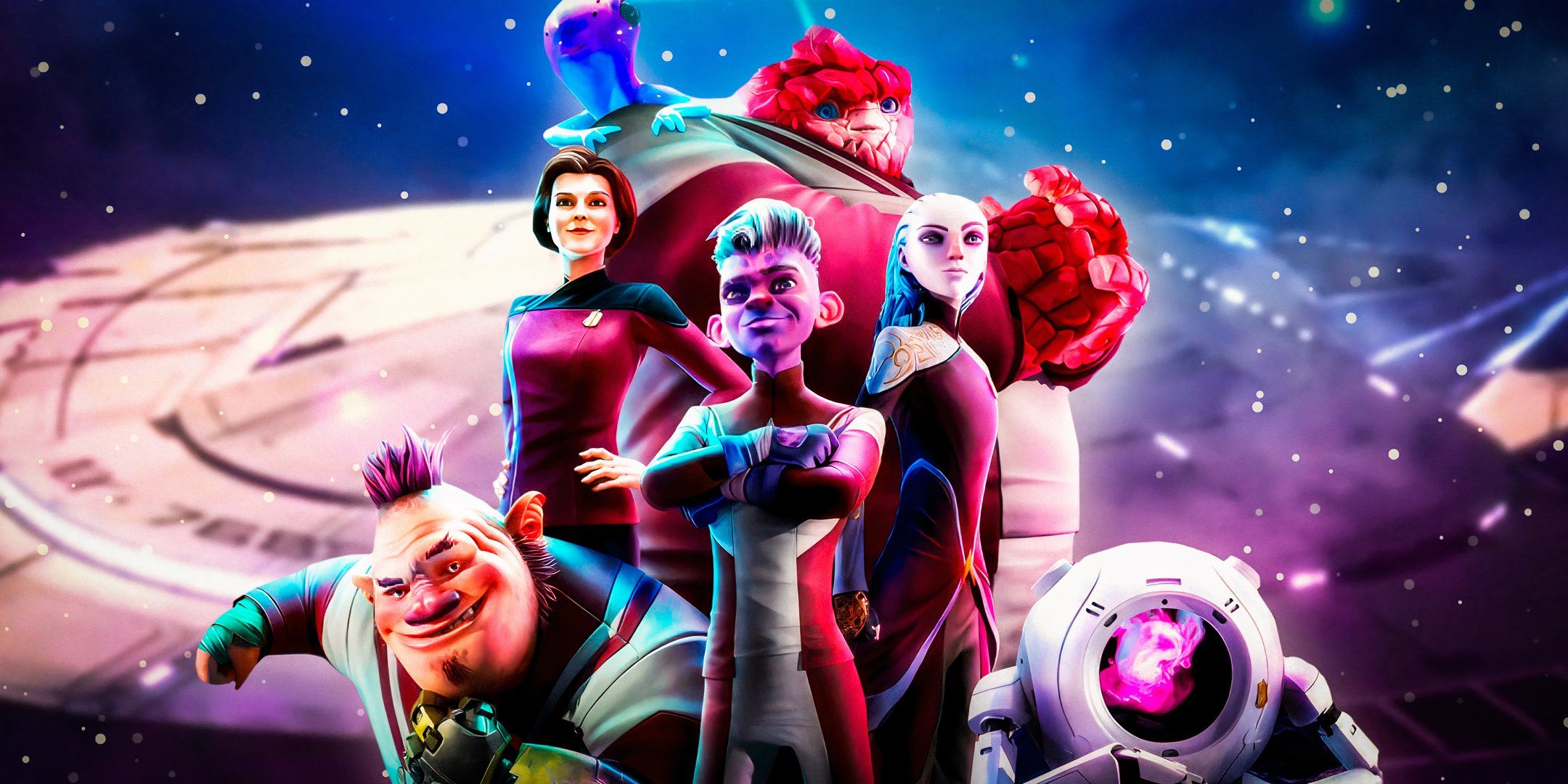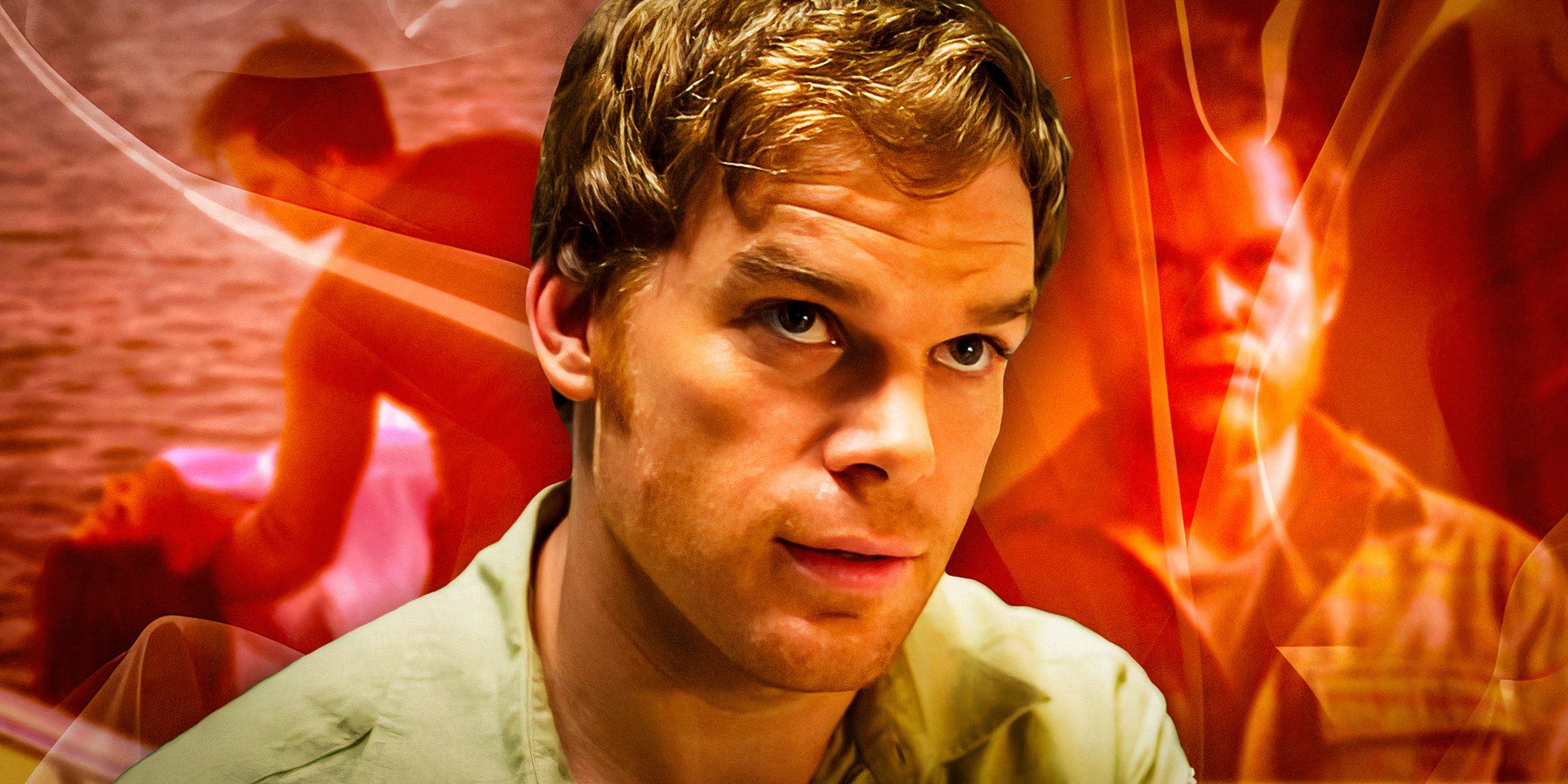Starfield is a massive game, touting over 100 different star systems and 1,000 planets in its enormous scope. Sadly, since the game launched, many have complained that while expansive, the Settled Systems in Starfield feel empty, making its thousand planets far less appealing and impressive. Recently, however, it’s been revealed by an ex-Bethesda employee that early in the game’s development, conversations took place that may have resulted in a completely different game.
Specifically, Starfield could have had far fewer systems and planets, but as a result, each planet would have much more content-filled, vibrant worlds. This revelation is an interesting concept that leaves some wondering whether a smaller Starfield universe may have resulted in a superior title.
Starfield Once Considered A Much Smaller Universe
Starfield Could’ve Had Two Dozen Star Systems
In a MinnMax interview, ex-Bethesda employee and lead designer of The Elder Scrolls V: Skyrim, Bruce Nesmith, claimed that at one point early in the game’s development, conversations about Starfield‘s massive scope were at the center of conversations. Nesmith says, “At one point, I said, you know, this game would be a lot better if we restricted ourselves to about two dozen solar systems and focused on them.” Later, he would lightly criticize Todd Howard by claiming that the 100 solar systems in Starfield was a number “pulled out of thin air.“
Did Procedural Generation Destroy Space Exploration In Starfield?
No Man’s Sky And Elite Dangerous Are Procedurally Generated
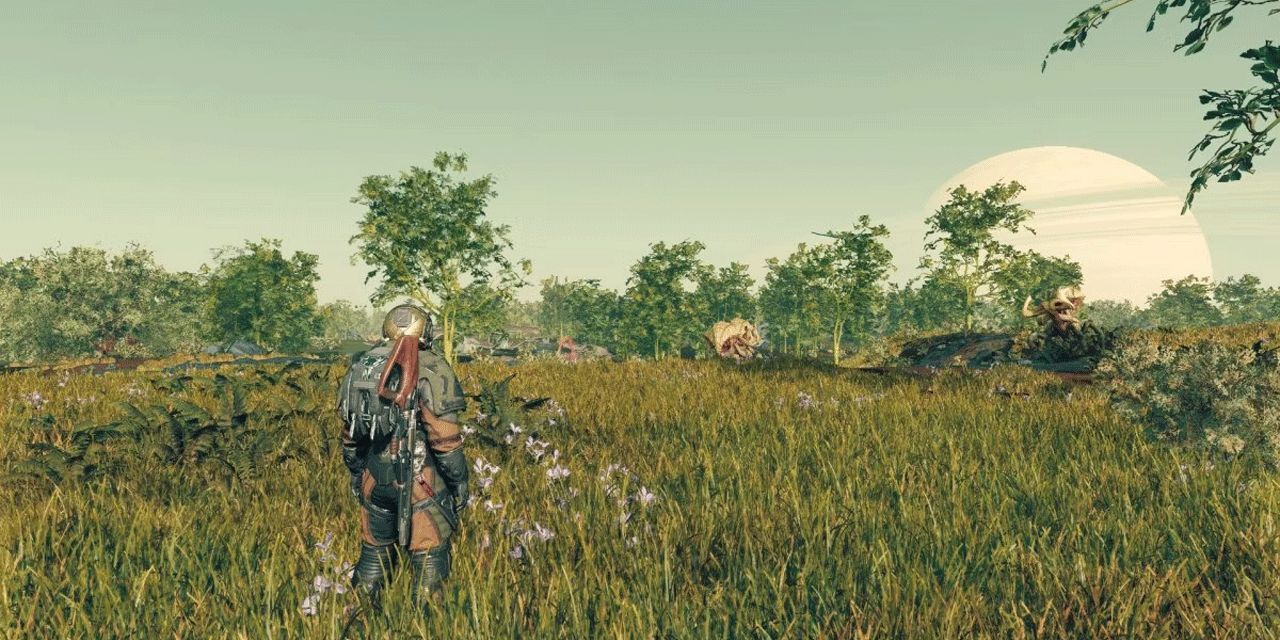
Though there’s a ton to do within the procedurally generated spaces of the Starfield universe, many detractors of the title have claimed that the game feels vacant and empty, even with the 1,000 planets in the Settled Systems. Part of this is due to the game’s procedural generation and the nature of planets within space generally, as the vast majority can’t sustain living organisms. Or, at least, that’s the reasoning that Bethesda has given as to why some of the procedurally generated elements of certain planets feel barren and lifeless.
That being said, the goal of astrological accuracy should never come in conflict with having a fun space exploration title, and other games have been able to accomplish this, even within procedurally generated landscapes. The most obvious of which would be 2016’s No Man’s Sky, which was initially lambasted for poor optimization and lacking many features that were promised pre-launch. This would come to affect the British development company behind the title, Hello Games, though today, the game has largely redeemed itself and has been praised by both critics and players alike for its updates.
A lesser-known but equally expansive title, Elite Dangerous, boasts over 400 billion star systems within its procedurally generated universe. Though that game has space travel that enables the seamless landing on planets visited throughout the universe, it also has a multitude of empty planets, albeit — usually with more interesting terrain. Though the game is different than Starfield in many respects (the game is more focused on space exploration than story-building), it does have vibrant environments that feel lived in. Not to mention, Elite Dangerous was released almost a decade ago, in 2014.
Starfield Is Expansive But Can Feel Shallow
Starfield’s Narrative Borrows From Past Media
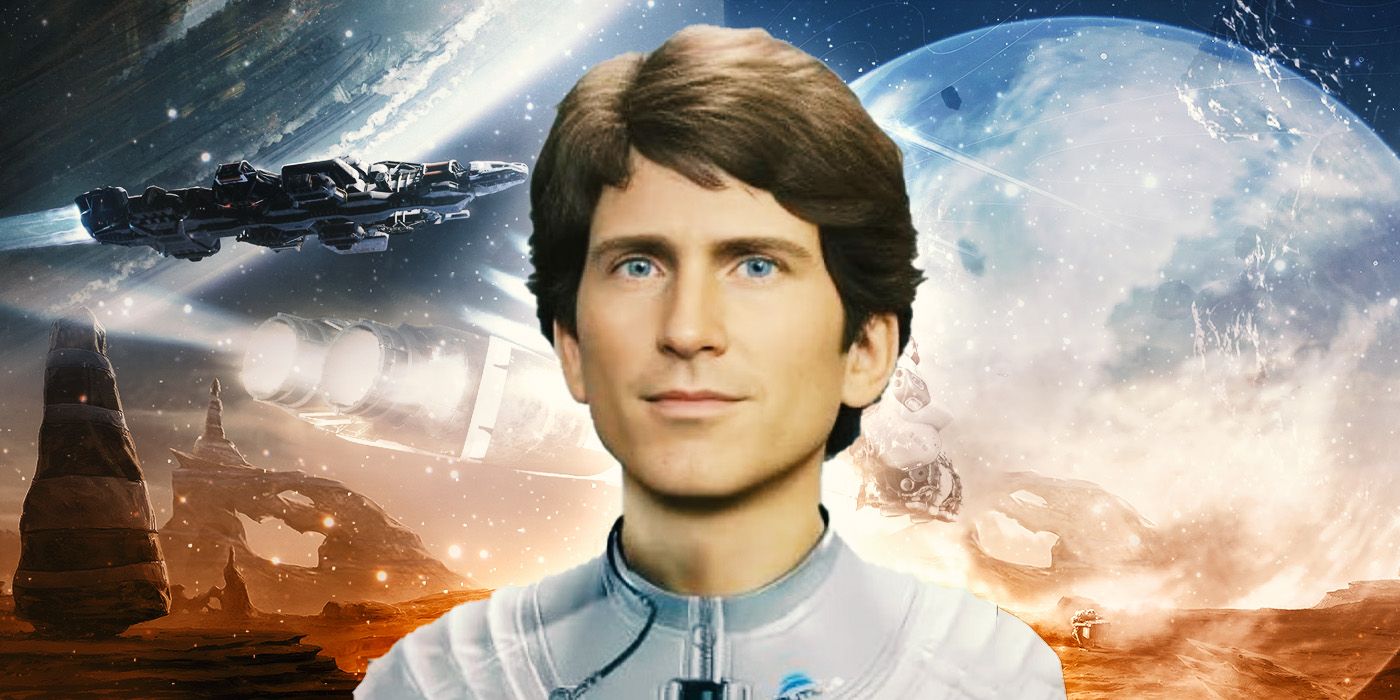
There is so much to do and explore within Starfield, but it doesn’t mean that it’s always good content. While pre-rendered settlements and environments are impressive, these are scattered across the expansive universe, with little payoff for more advanced space exploration beyond a few random Starfield space encounters and sidequests like Operation Starseed.
From a purely narrative perspective, Starfield quests can sometimes feel like clever homages to other iconic science fiction media while other times coming off as purely derivative. One such example is a quest that involves taking on the Interloper alien, a clear reference to the Alien movie franchise.
Getting even more on the nose, the game’s main powerful enemy lifeform is the Terrormorph, and the program to create it, Xenowarefare, are both direct nods to Alien and the term Xenomorph, the technical name of the creature in the Alien franchise. There are multiple other examples of how Starfield borrows from other sci-fi media and applies it to sometimes pretty massive elements of the game narrative.
Marketing Likely Had A Part To Play In Starfield’s Emptiness
1,000 Planets And 100 Star Systems
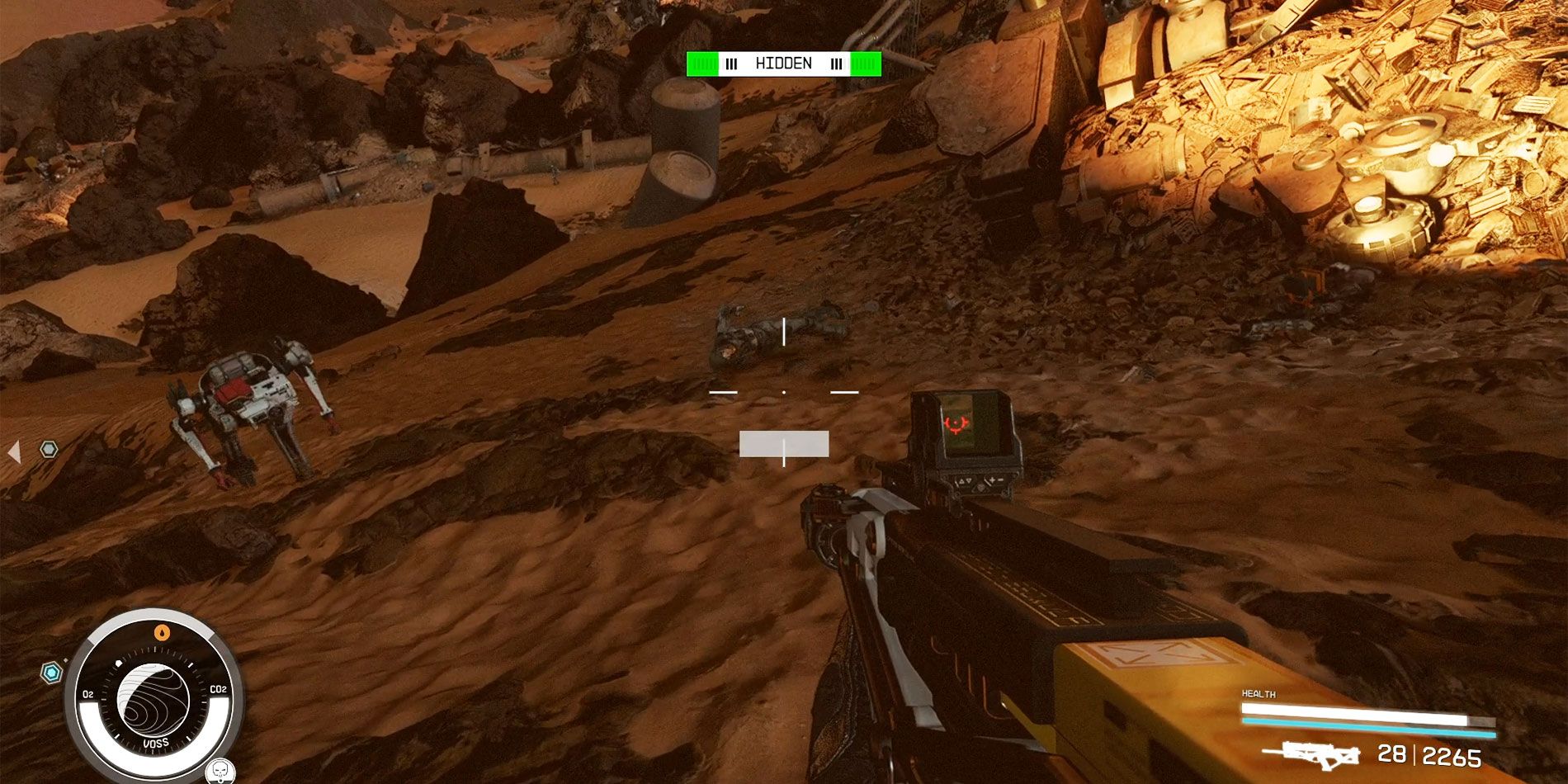
While two-dozen star systems with fully fleshed-out planets and moons may have been a better, albeit condensed, Starfield experience, there’s a good likelihood that it would be out of the question due to the title’s development time and costs, as well as the need to outperform existing space exploration titles like the aforementioned No Man’s Sky.
After all, saying that there are 24 star systems and 240 planets is a lot less impressive than 100 star systems and 1,000 planets, even if a majority of the galaxy is vacant and empty of any noticeable life. That being said, this is Bethesda, and their titles like The Elder Scrolls and Fallout already have a massive following, who would have likely purchased Starfield regardless of the number of planets.
Sadly, after seven years of development, it would only make sense that there was immense pressure on Bethesda for Starfield to impress. Whether some of this was clever marketing or genuine love for the product they created will remain unknown, but it certainly looks like the title will fail to live up to the lofty heights set by games like The Elder Scrolls V: Skyrim and Fallout 3.
A Smaller Starfield Would Have Been More Fun
Bigger Is Not Better
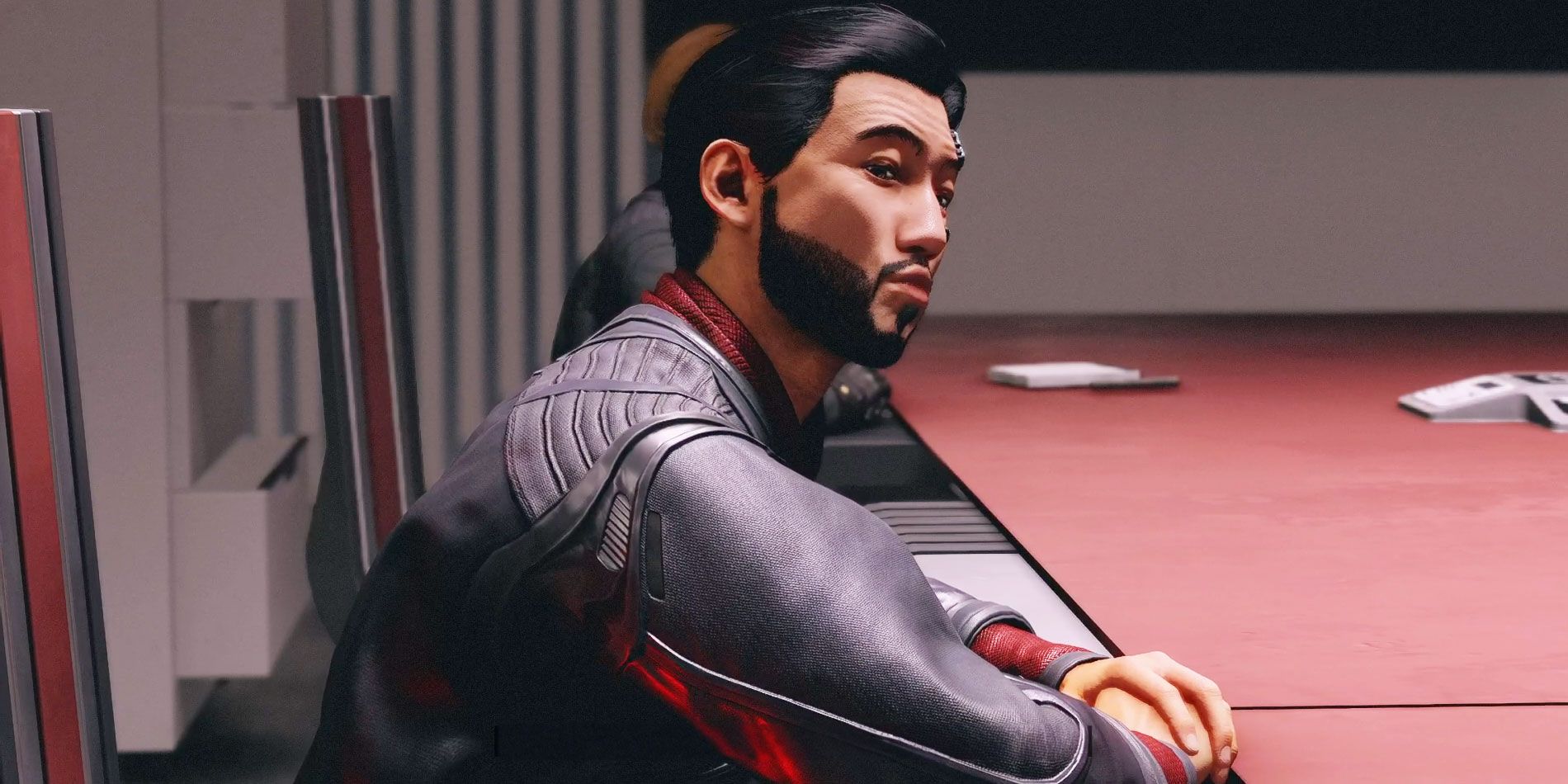
Ultimately, it’s likely that a smaller scope for Starfield would have been more fun for one fundamental reason: loading screens. Starfield has a notorious amount of loading screens, and though SSDs do a good job of limiting the amount of time spent on them, the vast number of screens to simply travel can be frustrating at times. Having a more condensed Settled Systems with many different planets and things to do within each would reduce the need to access different menu options as often.
If space exploration within the game felt like a more central feature, rather than most opting for fast travel, it’s possible that Starfield could have felt like a completely different game. As it stands, however, having more densely packed, interesting content on the different planets and moons, even if, according to science, they’d be uninhabitable, would be a fun change of pace. As it stands, Starfield pilots will instead need to heat up those grav drives because the next solar system with any content on it is about three jumps away.
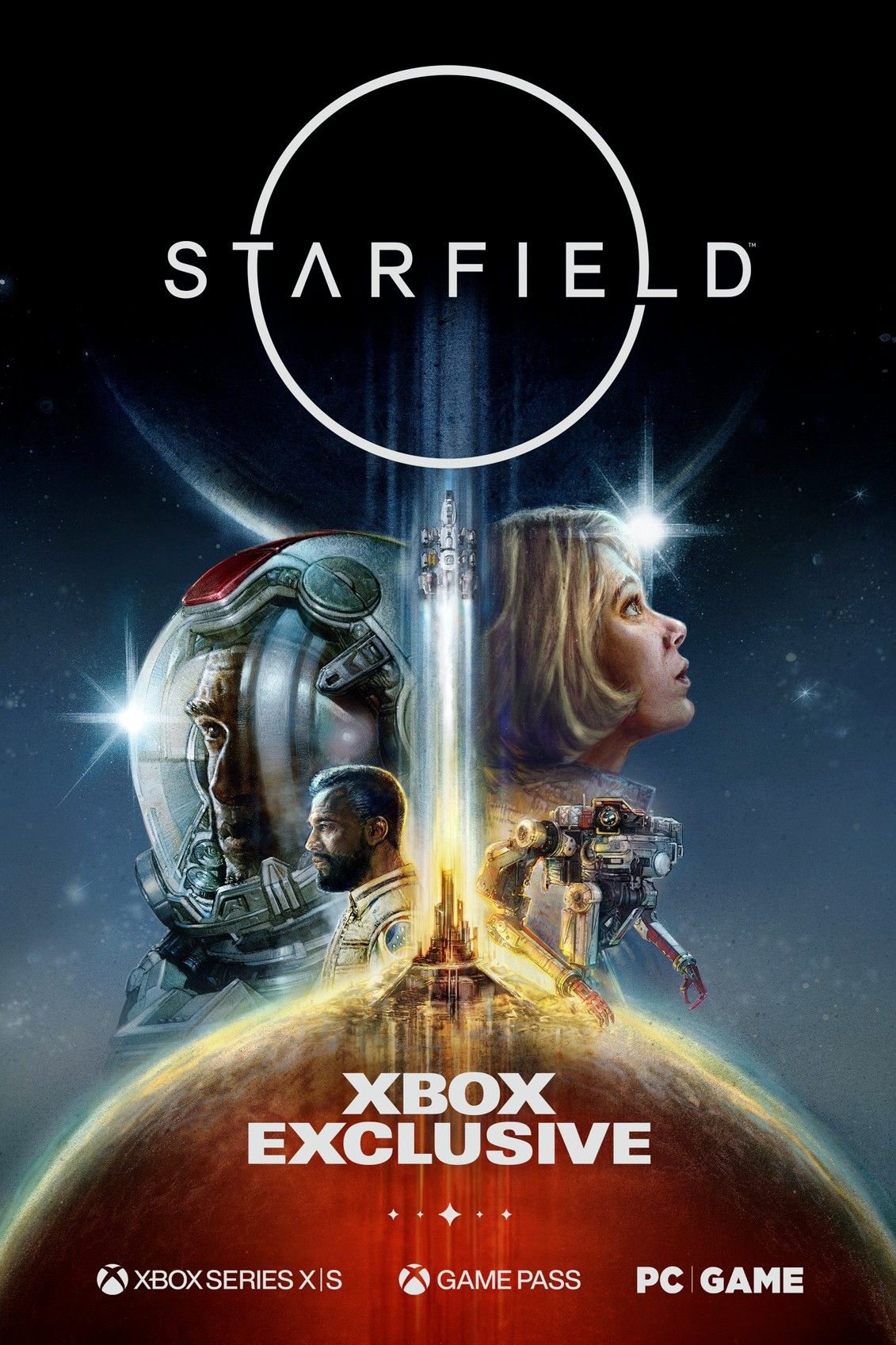
Starfield
- Platform(s):
- PC, Xbox Series X/S
- Released:
- 2023-09-06
- Developer(s):
- Bethesda Game Studios
- Publisher(s):
- Bethesda Softworks
- Genre(s):
- Open-World, RPG, Sci-Fi
- ESRB:
- M
- Summary:
- Bethesda Game Studios presents Starfield – the first original IP from the studio in twenty-five-plus years. Set in the year 2310, the United Colonies and Freestar Collective are observing a shaky truce after a war set 20 years prior. The player will customize their character as a member of a space exploration team called Constellation while navigating The Settled Systems and the conflicts between the warring factions. According to Bethesda, players can explore over 100 systems and 1000 planets to find resources and build their ships, living out their own sci-fi journeys.

